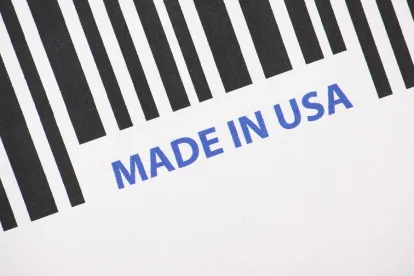Manufacturers and those in the supply chain may have been watching as the federal courts and the National Labor Relations Board struggle to make sense out of widely different views of the “joint employer” standard. Whatever result is ultimately reached will carry significant implications for manufacturers. At stake? When can a manufacturer be required to bargain over the terms and conditions of employment of a sub-manufacturer’s employees? Or when can a manufacturer be required to remedy the illegal acts of a sub-manufacturer?
In previous posts, I have noted the radically different views of the N.L.R.B. under the Obama and Trump Administrations. See N.L.R.B. “Joint” Disarray – Why That Matters to Manufacturers (March 15, 2018) and The Trump N.L.R.B. Gift Giving Season (December 21, 2017). Mixed in with this significant policy debate are “conflict of interest” allegations and demands that Board Members of one side or another decline further participation. Just the sort of Washington, D.C. “inside baseball” news which drives some people mad.
In January, N.L.R.B. Chairman Jonathan Ring responded to a request from Congresswoman Rosa DeLauro and Congressman Robert Scott that the Board withdraw a notice of proposed rule-making on the subject. In this author’s opinion, Chairman Ring’s response, which can be read here, set out the context of the debate pretty well and makes it clear that the current Board will press ahead to articulate a standard favorable to manufacturers and others.
Manufacturers, suppliers and subcontractors should continue to watch this space. Whatever test ultimately gets adopted and survives legal challenge could be short-lived. In case you haven’t noticed, the 2020 Presidential Election has already begun!


 />i
/>i

